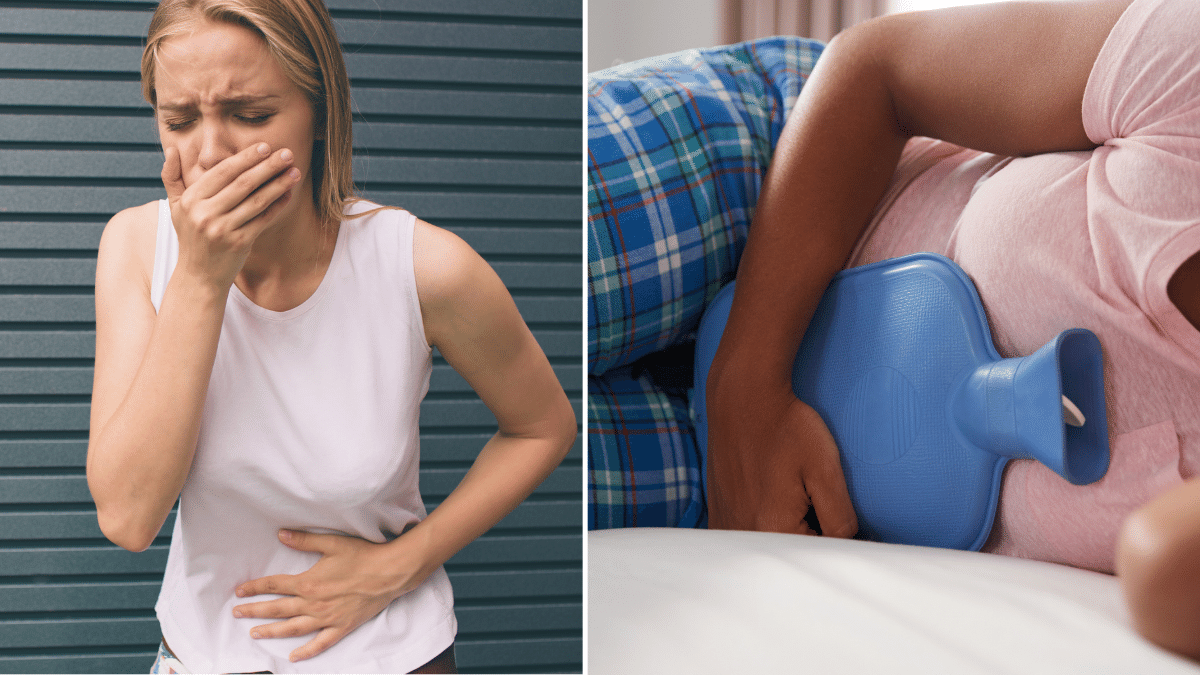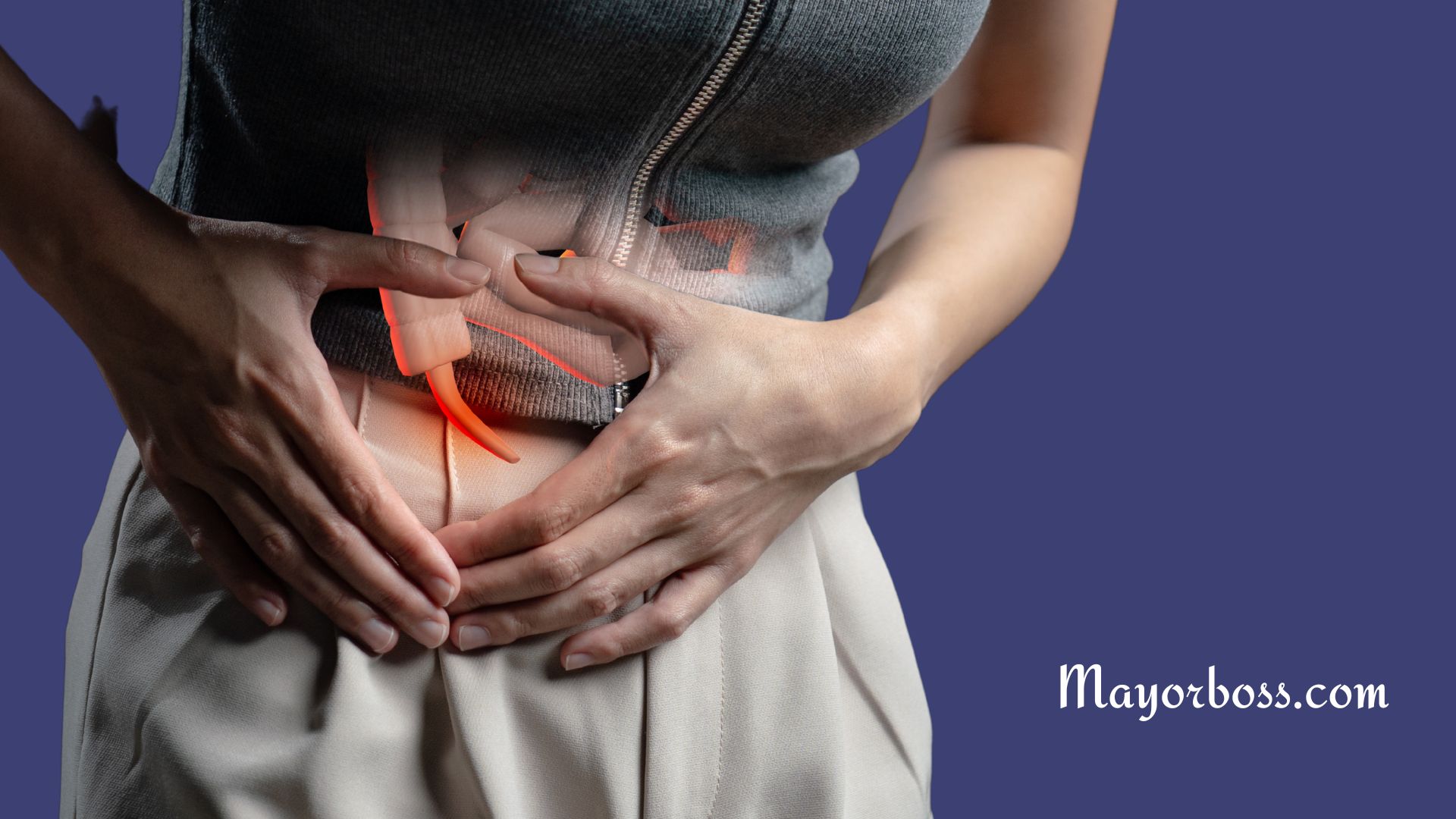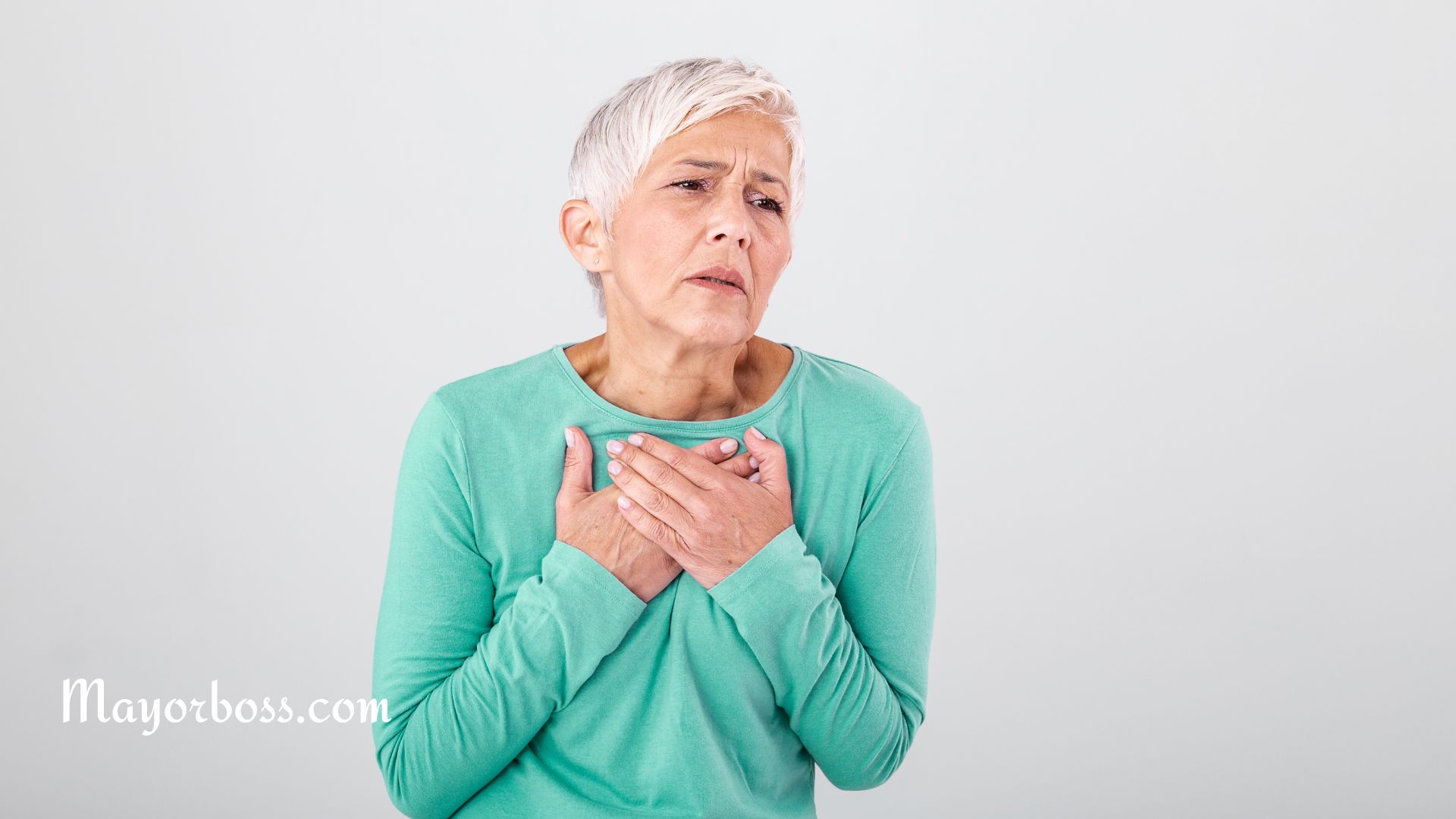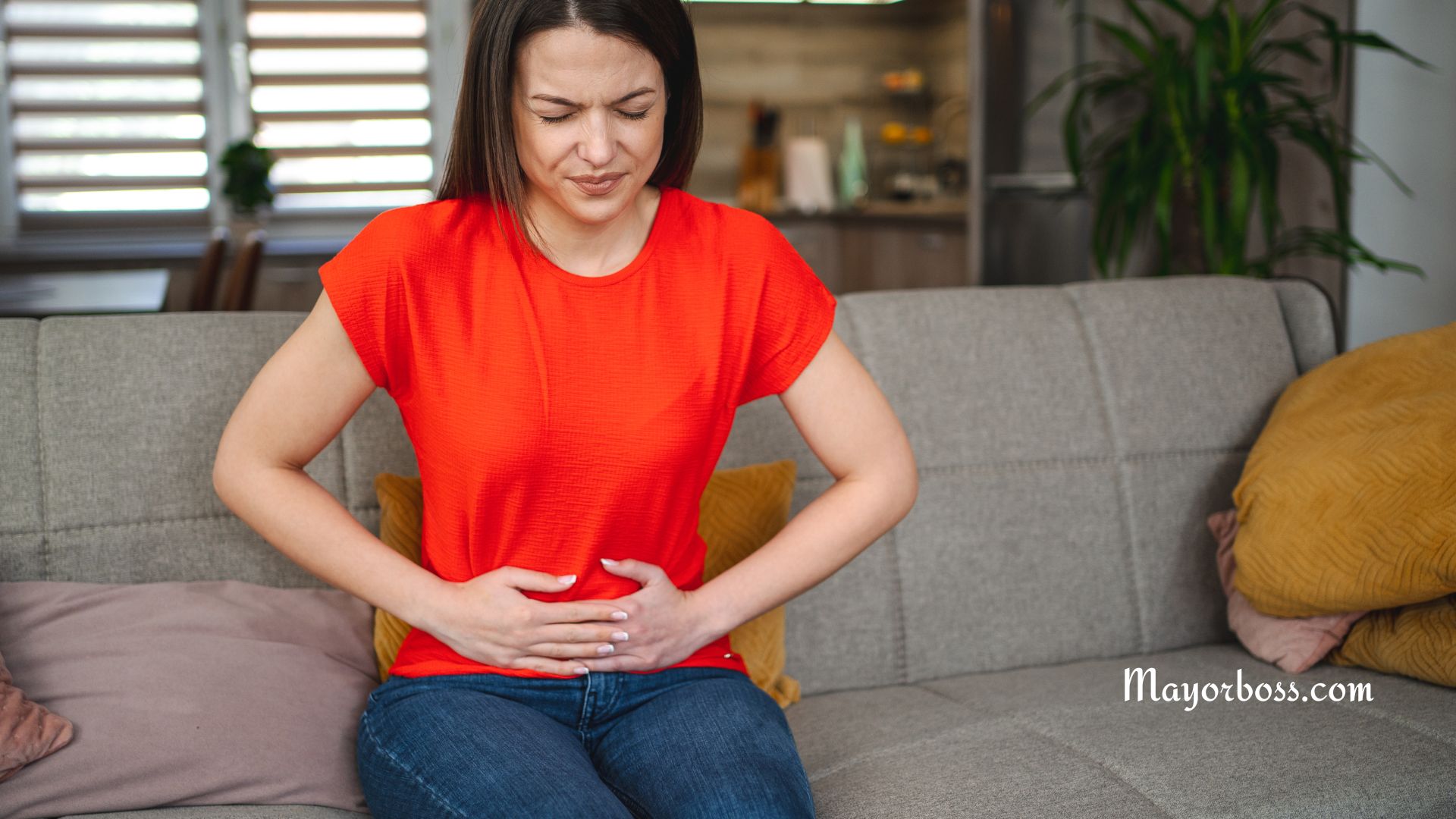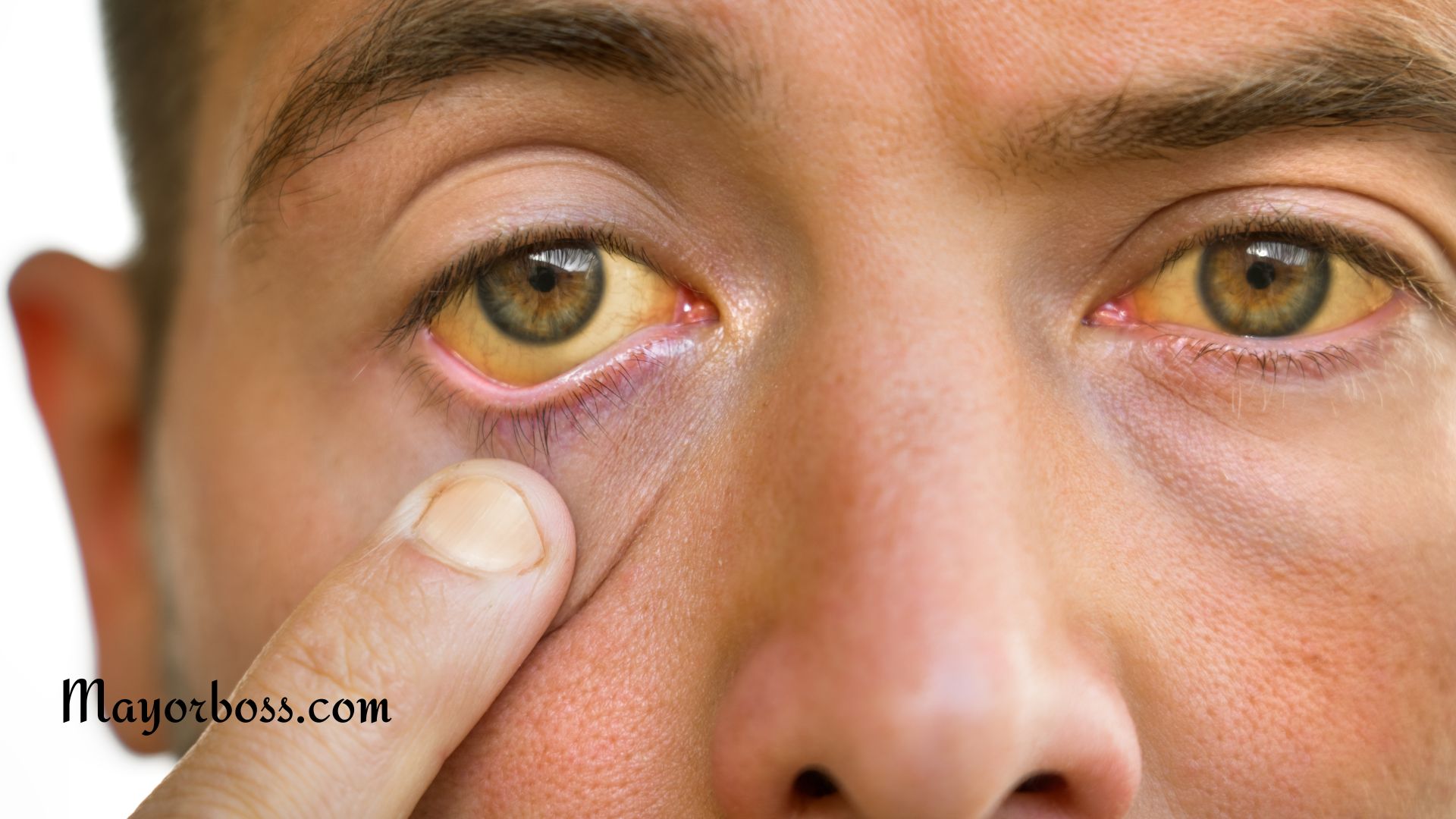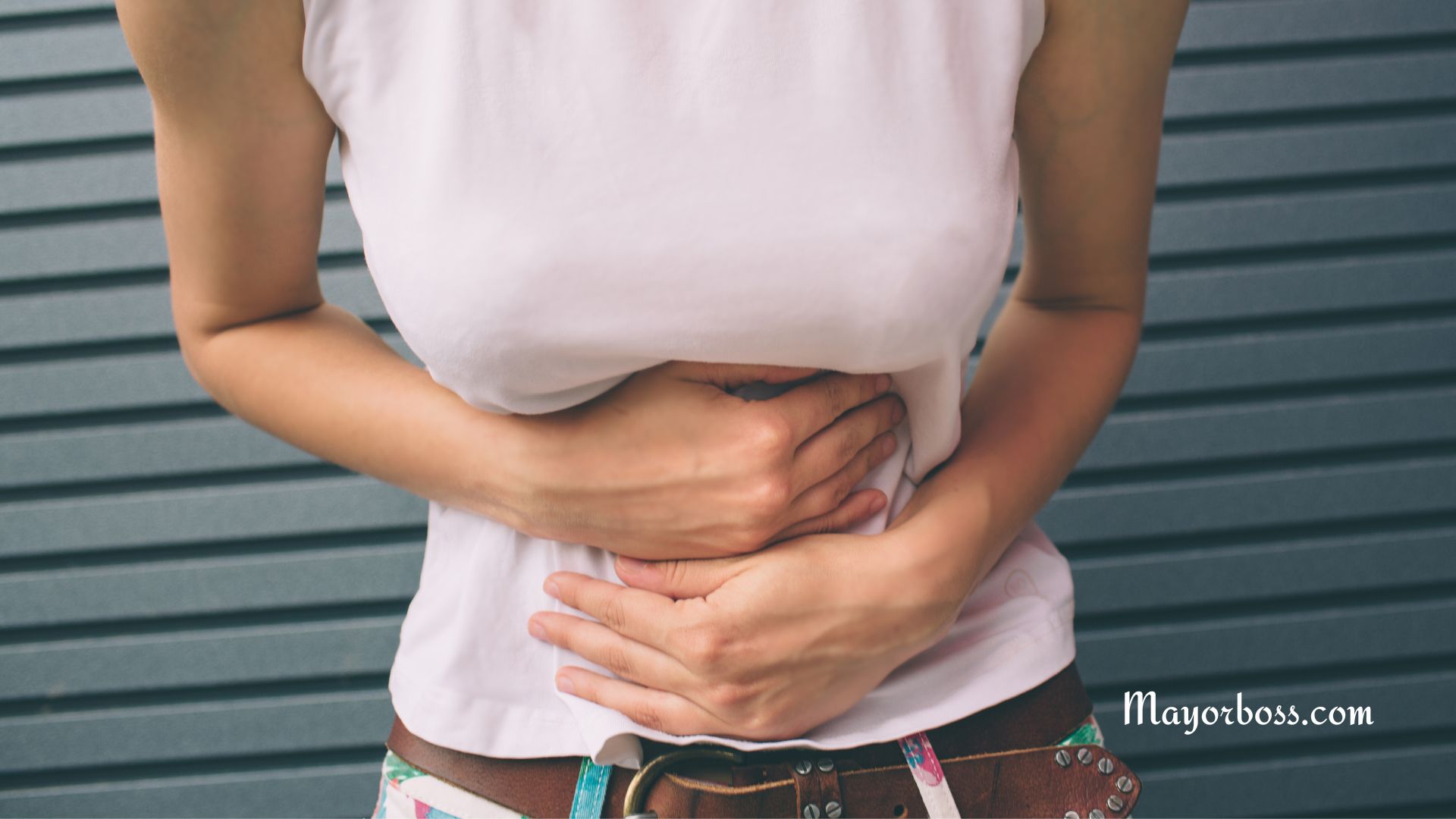8 Signs That Your Gallbladder is Failing
The signs that your gallbladder is failing may include abdominal pain that radiates to the back or shoulder, bloating and gas after meals, clay-colored stools, and abdominal tenderness. If you experience any of these symptoms, it’s important to see a doctor right away to get a diagnosis and treatment.
Your gallbladder is a small, pear-shaped organ that sits just below your liver. Its main work is to store bile, a digestive fluid that helps you break down fat. But sometimes, the gallbladder doesn’t work the way it should. When that happens, it’s called gallbladder disease.
There are two main types of gallbladder disease: cholecystitis and gallstones. Cholecystitis is an inflammation of the gallbladder that can be caused by a blockage in the bile ducts or an infection. Gallstones are hardened deposits of bile that can form in the gallbladder and cause pain.
Gallbladder disease is fairly common—about 10 to 15 percent of adults in the United States have it. And while it can occur at any age, it’s more likely to happen as you get older. Women are also more likely to develop gallbladder disease than men.
Signs That Your Gallbladder is Failing
Here are eight signs that your gallbladder may be failing. If you experience any of these symptoms, be sure to see a doctor as soon as possible.
1. You Have Recurring abdominal pain
One of the most common signs of a diseased or failing gallbladder is abdominal pain that comes and goes. This pain is typically located in the upper right abdomen, just under the rib cage. The pain can range from mild and intermittent to severe and constant. Gallbladder pain is often worse after eating a fatty meal or lying down on your stomach.
2. You have pain in your right shoulder blade
Some people with gallbladder problems experience pain in their right shoulder blades or between their shoulder blades. This happens because nerves from the gallbladder run through this area of the body to the brain. When your gallbladder is inflamed and swollen, these nerves can become irritated, causing pain.
3. You Have Nausea or vomiting
Another common symptom of a failing gallbladder is nausea or vomiting, which may occur with or without abdominal pain. Nausea and vomiting are common symptoms of many different illnesses, so they alone don’t necessarily mean that your gallbladder is the problem. However, if you experience them along with other symptoms on this list, it’s worth seeing a doctor to find out what’s going on.
4. You have a fever or chills
If you have a fever or chills along with other symptoms of a gallbladder problem, it could be a sign of inflammation in the bile ducts (cholangitis) or gallbladder (cholecystitis). These infections can be life-threatening and require immediate medical treatment.
5. You have clay-colored stools
Bile gives stool its characteristic brown color. If your stool is light-colored or clay-colored, it could be due to a blockage in the bile ducts caused by a gallstone.
6. Yellowing of the skin or whites of the eyes (jaundice)
This happens when there’s a build-up of bilirubin in the body. Bilirubin is a yellowish substance that’s formed when red blood cells break down. Normally, the liver gets rid of bilirubin, but if there’s a problem with the gallbladder, bilirubin can build up in the body and cause jaundice.
7. You have dark urine
Another possible sign that your bile ducts are not working properly is dark urine. This can happen when bile pigments build up in the blood and are excreted in the urine.
8. You have chronic diarrhea
Chronic diarrhea can also be an indication of gallbladder problems. This is because the gallbladder helps to absorb fats and fat-soluble vitamins from the digestive tract. If the gallbladder is not functioning properly, these nutrients are not absorbed properly and can lead to chronic diarrhea. Nevertheless, if you have watery, loose stools more than three times a day for several weeks, it’s best to see a doctor.
Learn More: 15 Foods Good For Your Gallbladder
Conclusion
If you experience any of these symptoms frequently, it’s important to see a doctor so that they can diagnose the problem and recommend treatment options. Early diagnosis and treatment are important for avoiding complications from gallbladder disease.
Also read: 17 Reasons For Pain in the Lower Right Abdomen Near the Hip Bone

